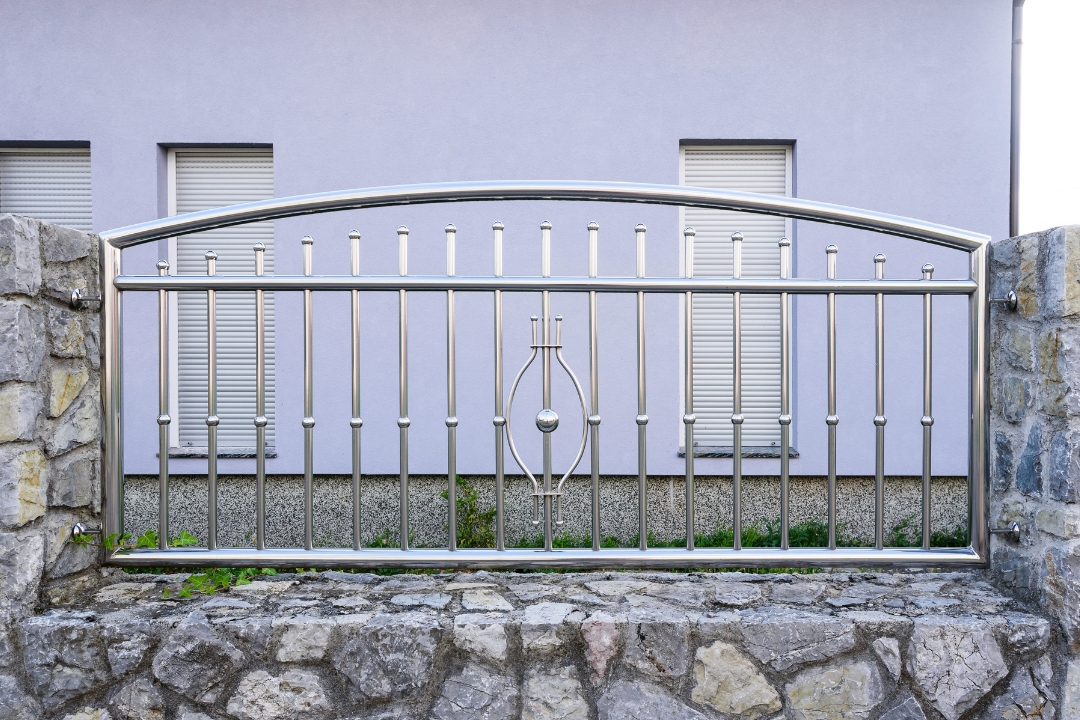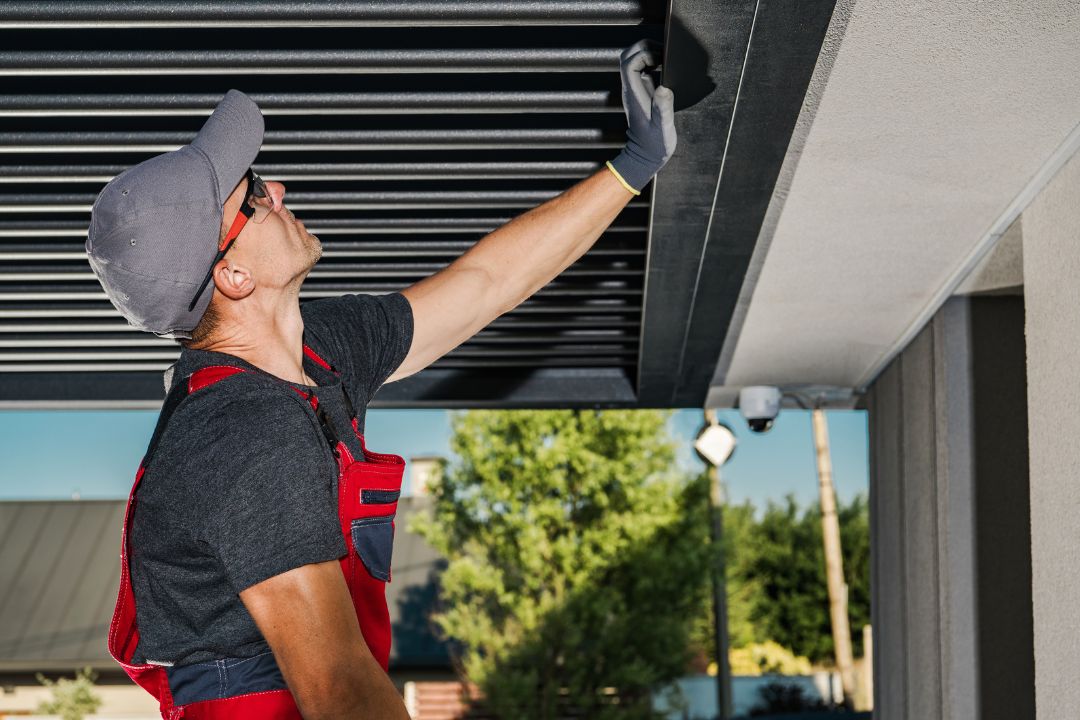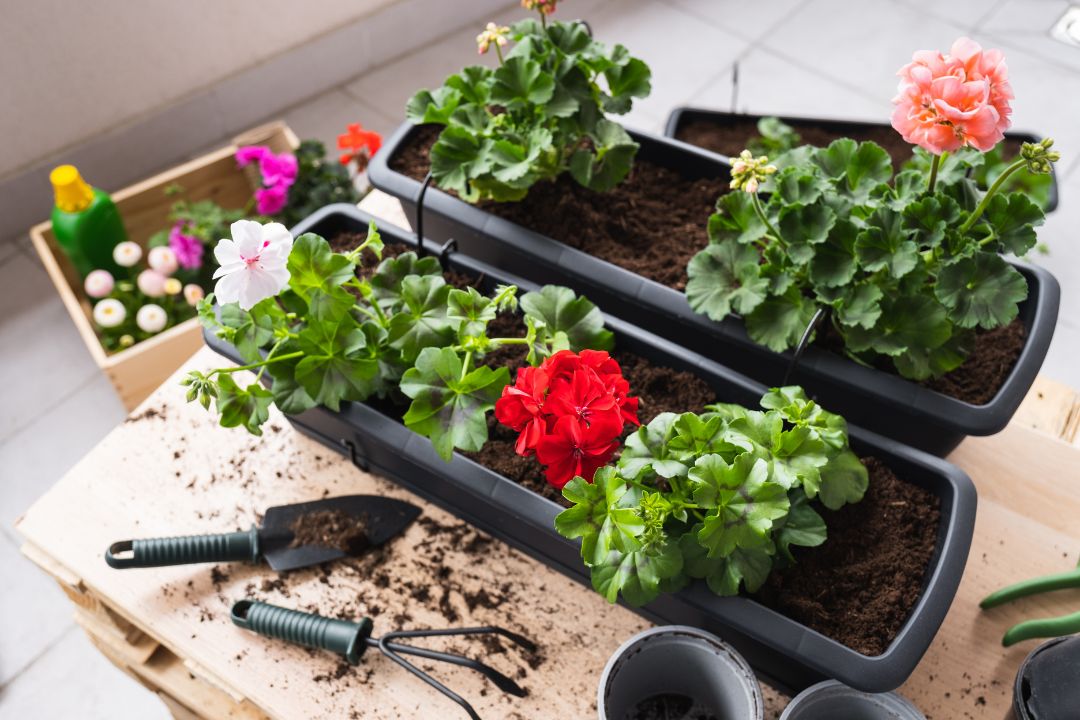Aluminium fencing has undergone a remarkable evolution over the years, transforming from traditional, ornate designs to sleek and contemporary styles. In this blog post, we’ll explore the fascinating journey of aluminium fencing, tracing its development from classic to modern aesthetics.
Traditional Elegance
- Intricate Designs – In its early stages, aluminium fencing was synonymous with traditional elegance. Ornate designs featuring scrolls, finials, and decorative elements adorned residential and commercial properties, providing a timeless and sophisticated appeal.
- Classic Finishes – Traditional aluminium fencing often boasted classic finishes such as black, bronze, or white, enhancing the overall aesthetic and complementing architectural styles of the past.
Transition to Simplicity
- Streamlined Profiles – As architectural tastes shifted towards simplicity and clean lines, aluminium fencing followed suit. Streamlined profiles and simpler designs emerged, offering a more contemporary look while retaining the durability and versatility of aluminium.
- Neutral Colour Palettes – Modern aluminium fencing embraced neutral colour palettes, ranging from earthy tones to grayscale hues. These colours not only added a touch of sophistication but also allowed the fencing to seamlessly blend with various surroundings.
Innovative Materials and Coatings
- Powder-Coated Finishes – The introduction of powder-coated finishes revolutionised the appearance and durability of aluminium fencing. This innovative coating not only protected against rust but also allowed for a broader spectrum of colours, enabling property owners to customise their fences to match specific preferences.
- Mimicking Other Materials – Aluminium fencing began to mimic the look of other materials, such as wrought iron or wood, providing a cost-effective alternative without compromising on style.
Contemporary Aesthetics
- Clean Lines and Minimalism – In recent years, contemporary aluminium fencing has embraced clean lines, minimalism, and geometric patterns. The emphasis is on creating a sleek, modern appearance that complements the architectural trends of today.
- Mixed Materials – Some contemporary aluminium fencing designs incorporate mixed materials, such as combining aluminium with glass panels or wood inserts. This fusion of materials adds visual interest and further expands the design possibilities.
Customisation and Versatility
- Personalised Options – The evolution of aluminium fencing has brought about an increased focus on customisation. Modern manufacturers offer a wide range of styles, heights, and decorative options, allowing property owners to personalise their fences to meet specific needs and preferences.
- Versatility in Applications – Contemporary aluminium fencing is versatile and applicable in various settings, including residential properties, commercial spaces, and even modern landscapes. It seamlessly adapts to different environments while maintaining its durability and functionality.
The journey of aluminium fencing from traditional to contemporary styles showcases its adaptability and enduring appeal. Whether you prefer the timeless elegance of ornate designs or the sleek sophistication of modern aesthetics, aluminium fencing continues to evolve, offering a wide array of options to suit the diverse tastes and architectural trends of today. This evolution ensures that aluminium fencing remains a versatile and enduring choice for enhancing the security and visual appeal of properties.





